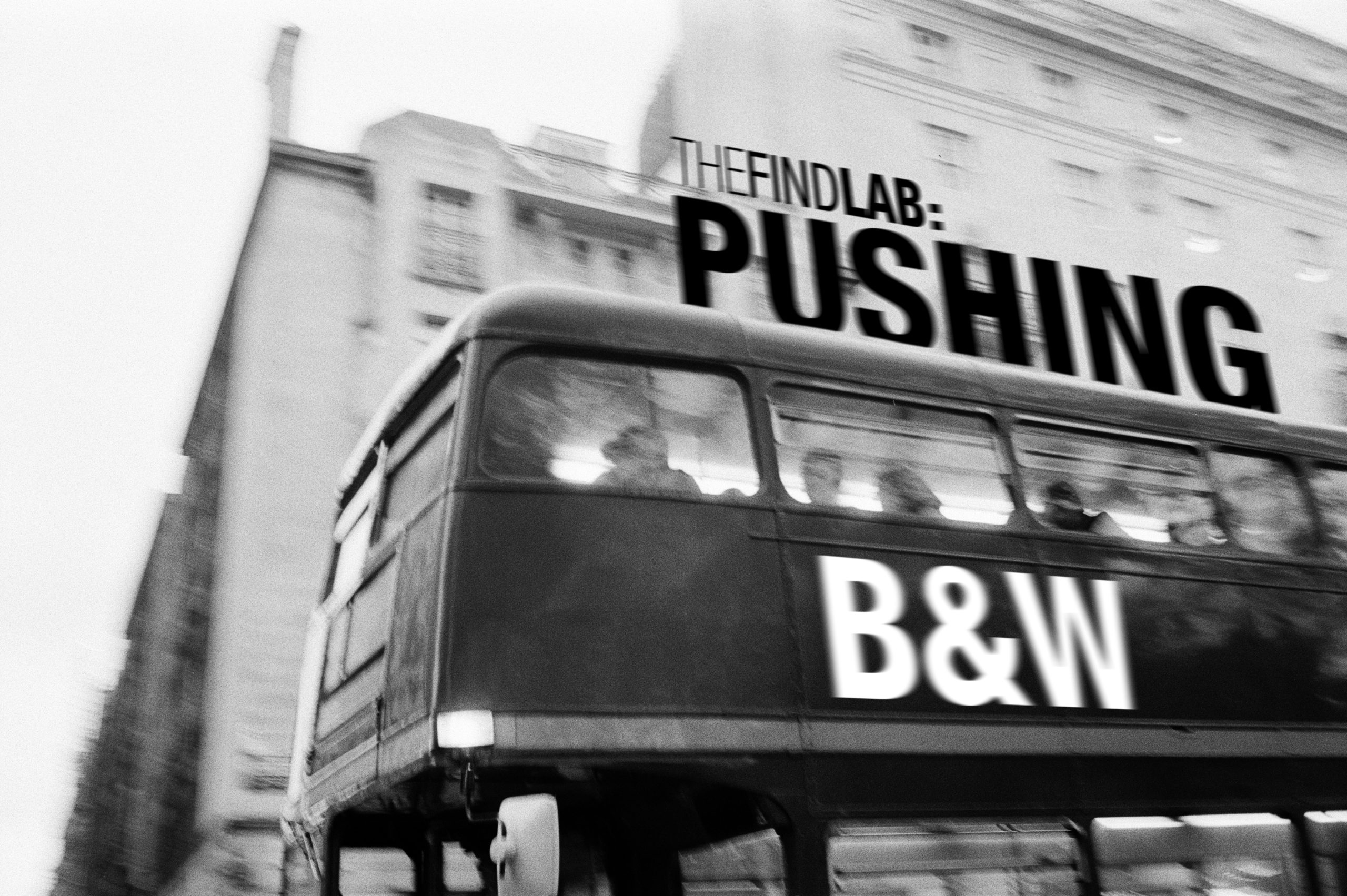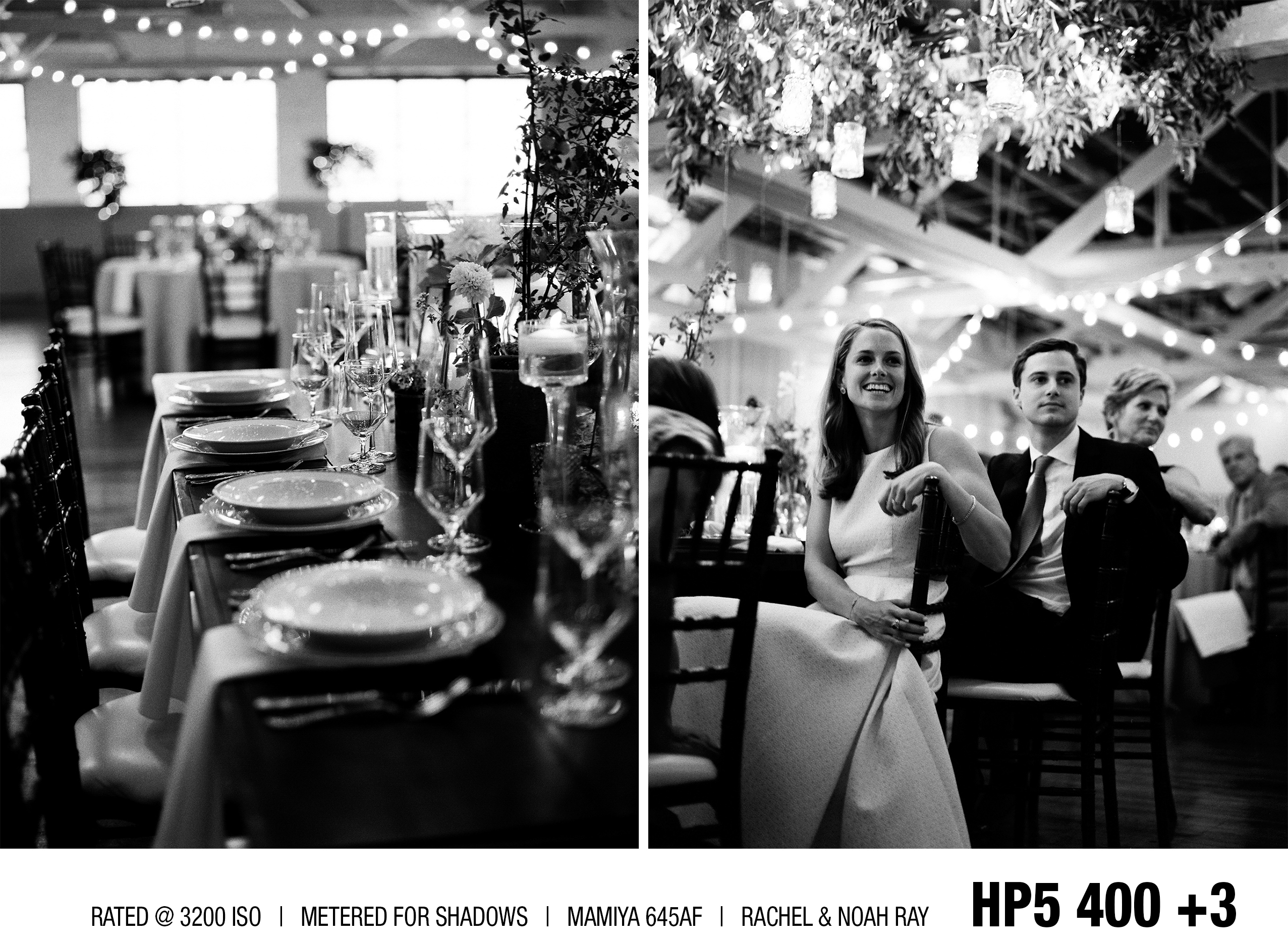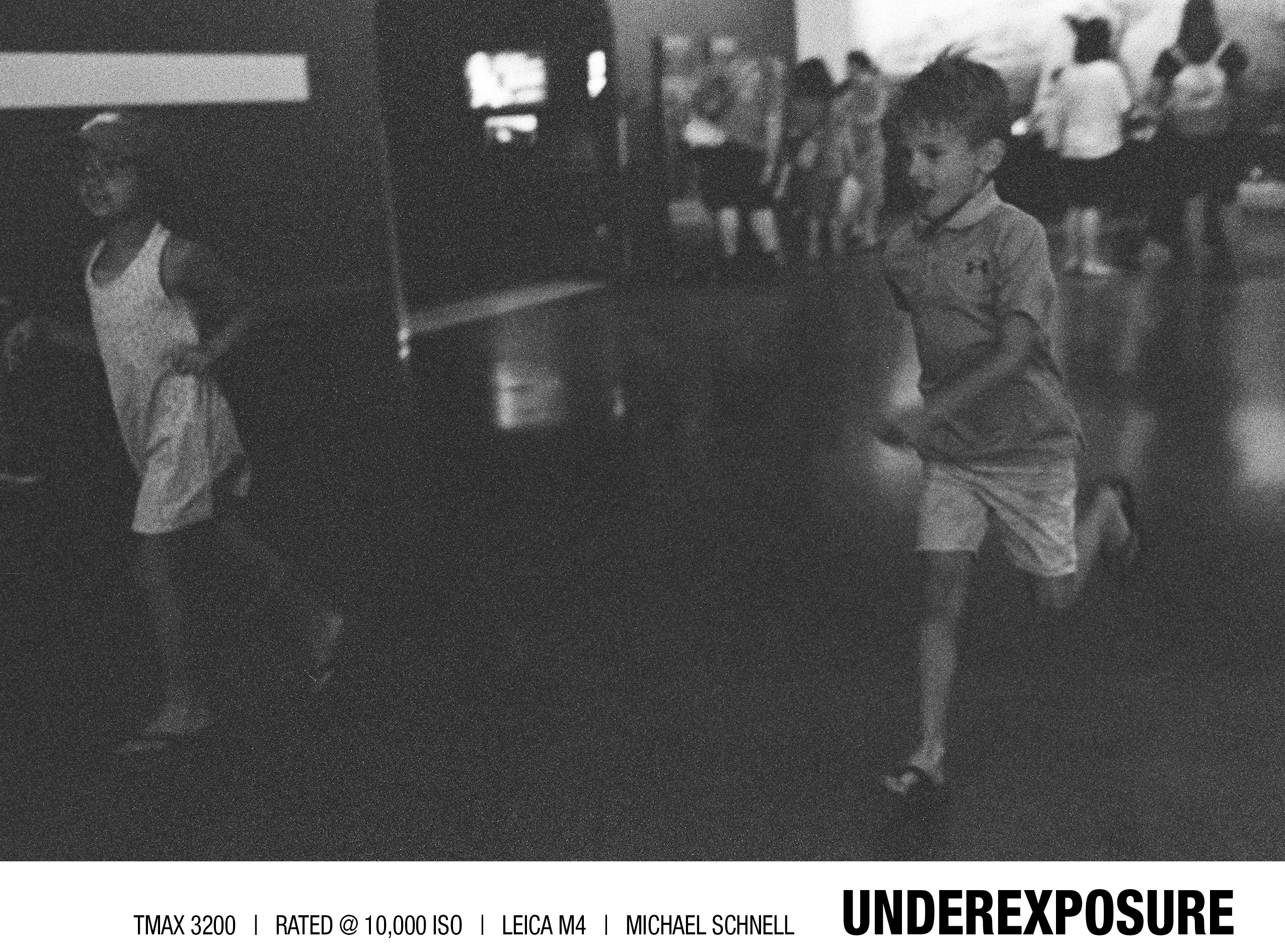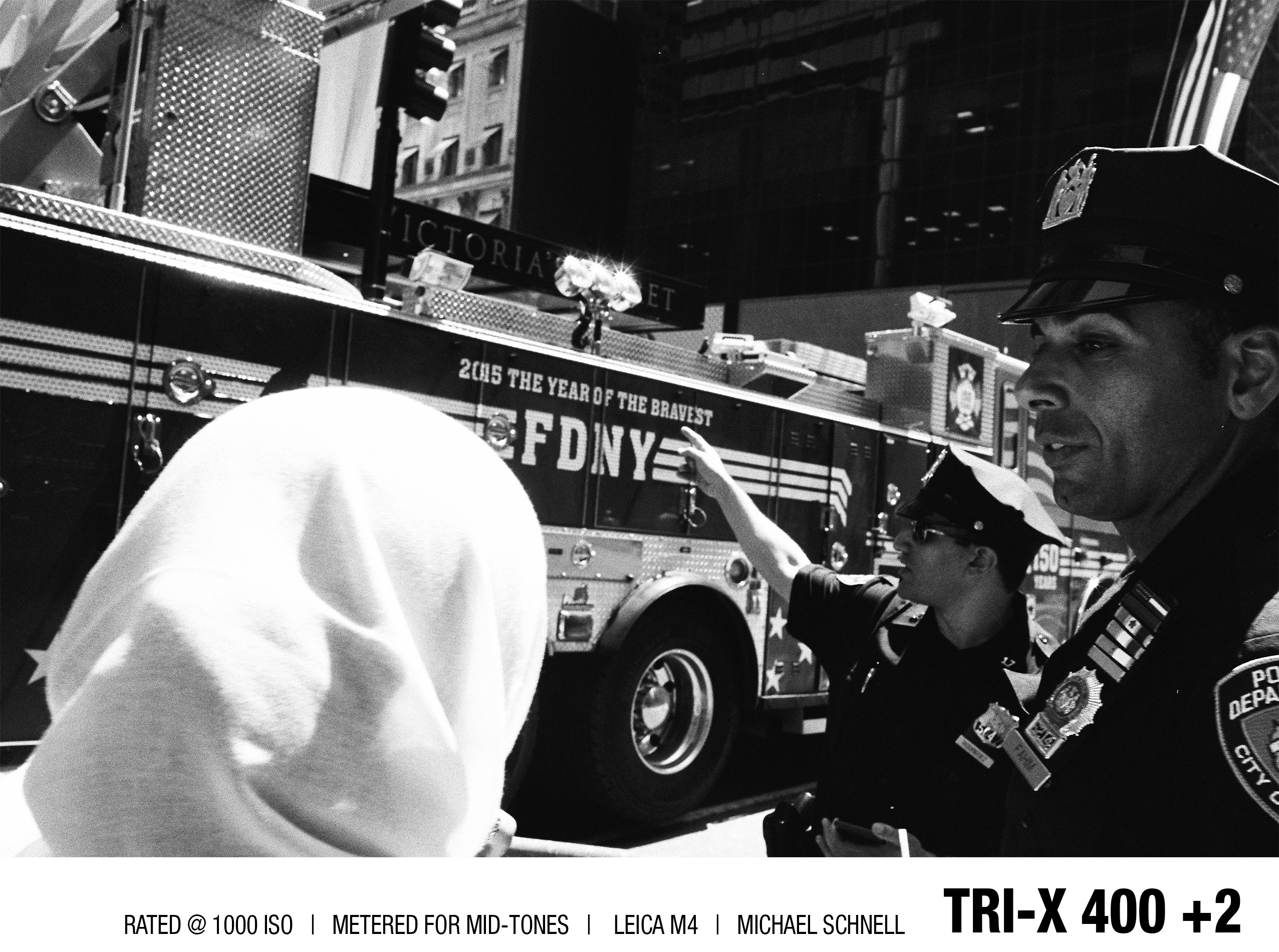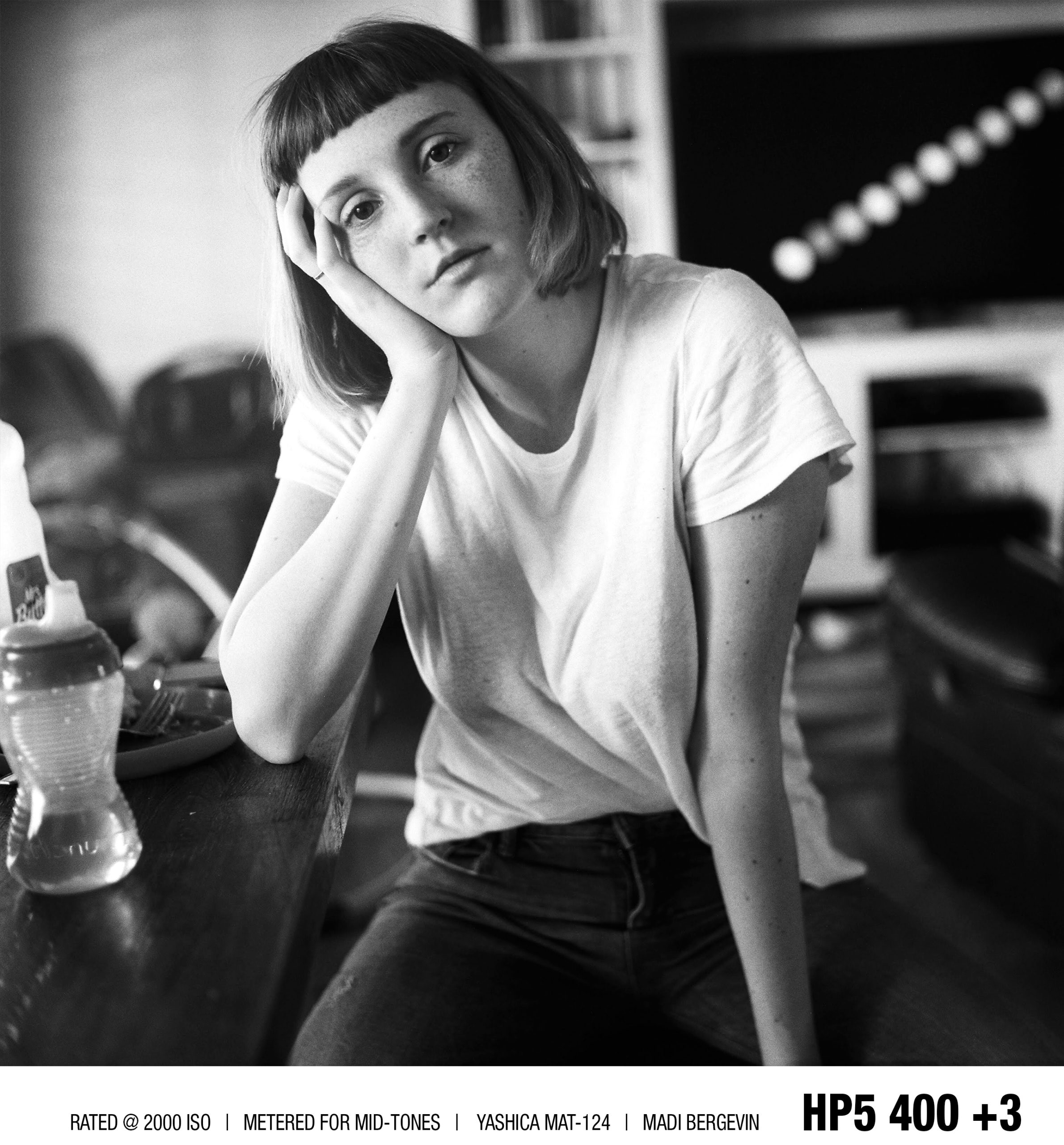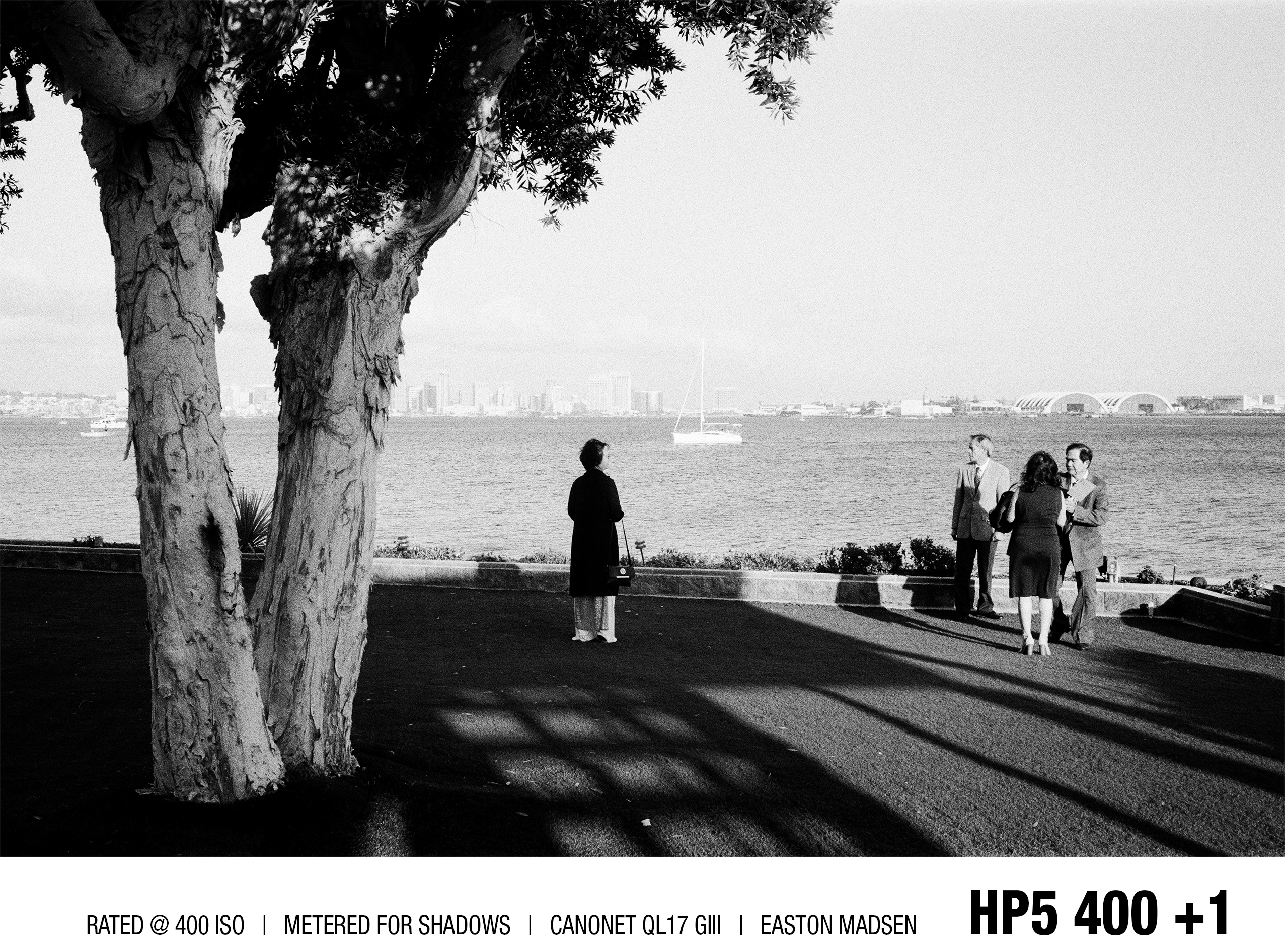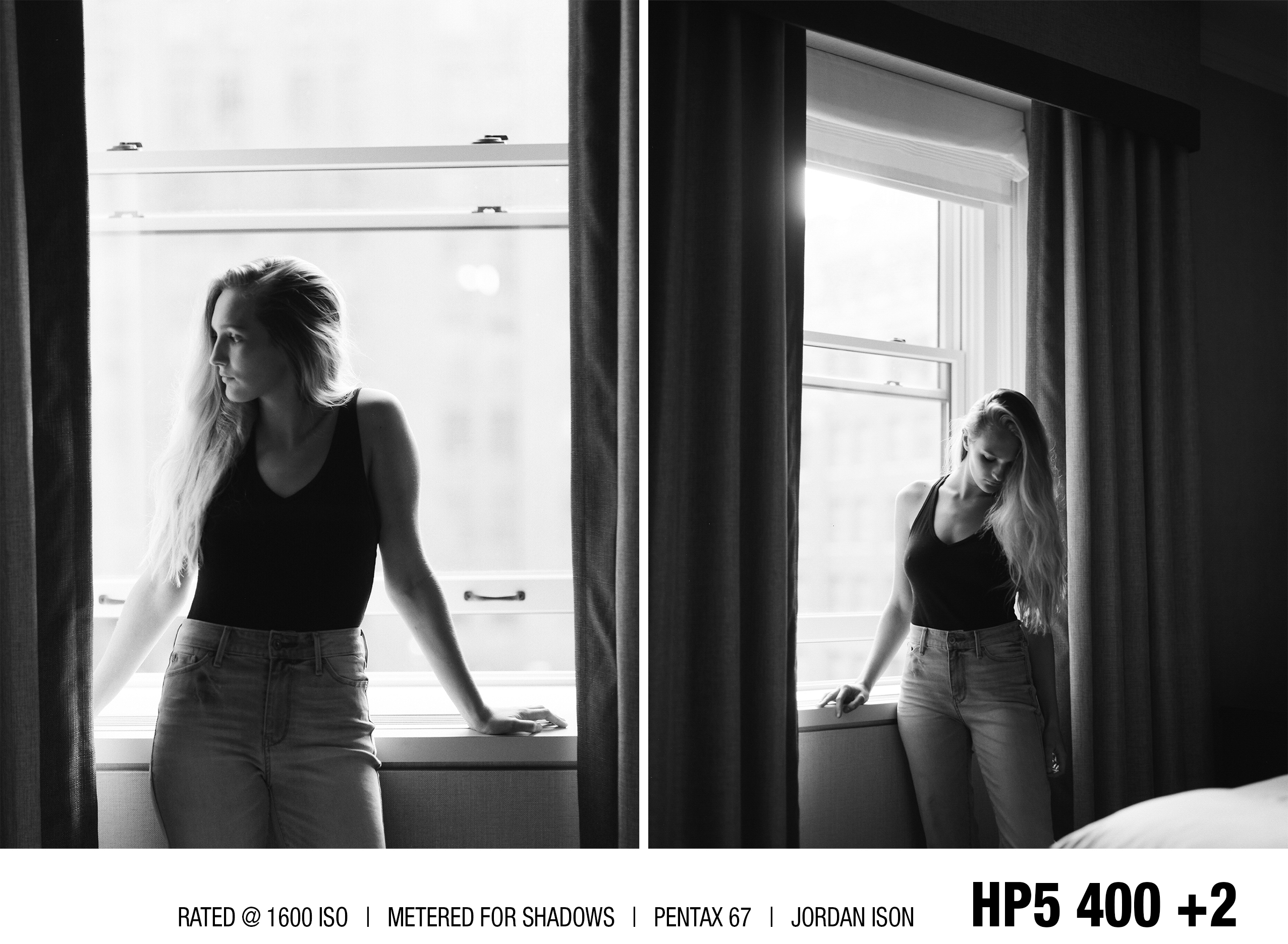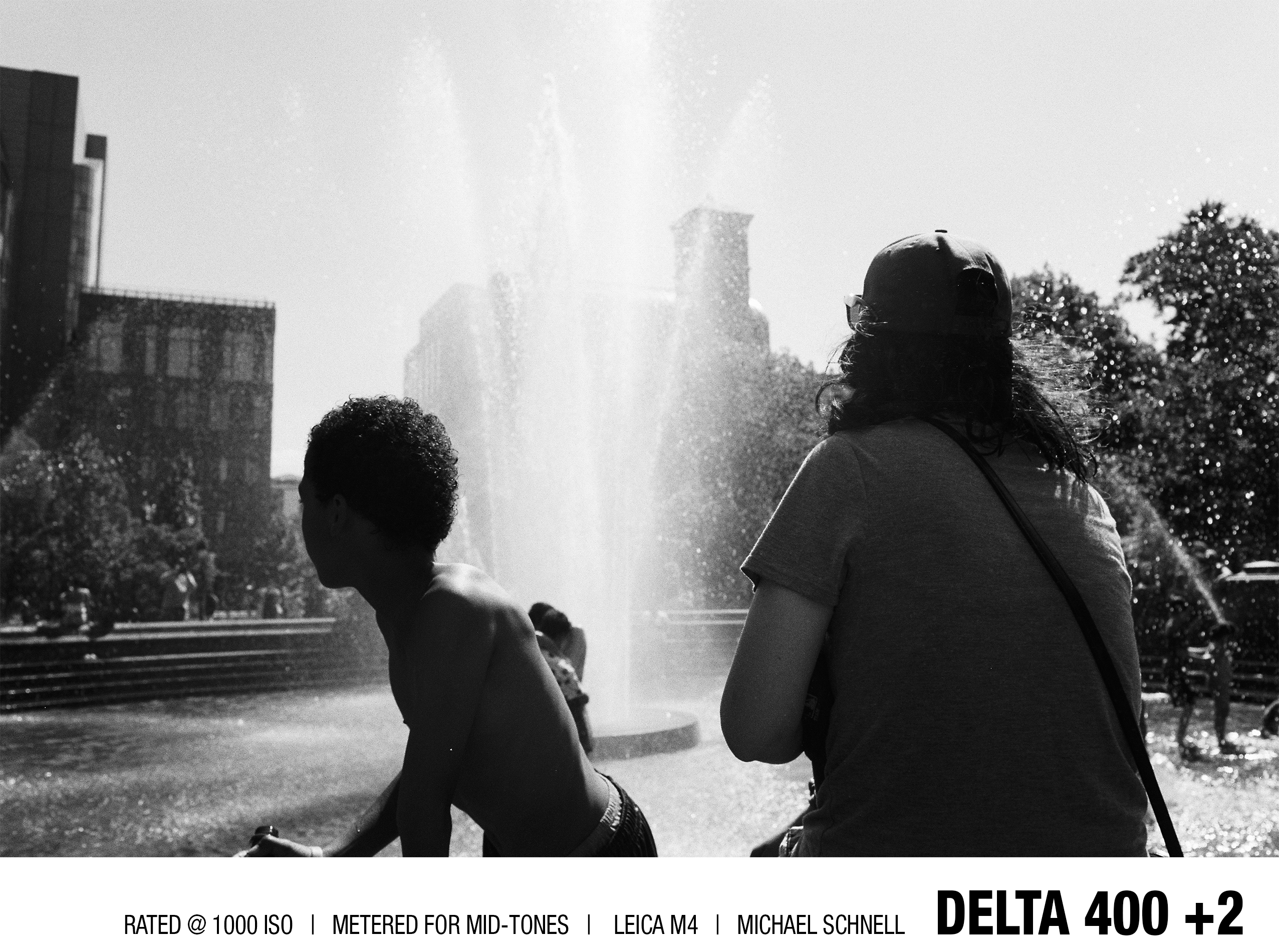
We covered this in our post about pushing color film, but here’s a quick recap: pushing is something that is done in development and in development only. It is never something that happens in exposure or scanning and cannot be adjusted after the roll has already been developed. Pushing is done by increasing the temperature of the developer, or by adjusting the time the film is left in the developer. The reason one would push is if you underexposed your film either intentionally or unintentionally at the time of capture. Pushing increases grain and contrast, making the blacks blacker and the whites whiter without affecting the mid-tones of your image. You can push black & white film as many stops as you want, but it’s most common to push between one and three stops.
Pulling is also done in development, but is rarely used. It will decrease contrast, so make sure your film is shot in a high contrast scene or your images could be underexposed. The most common film stock we see pulled here at the lab is P3200. This film stock is one we sell and is a great test out if you are wanting to attempt pulling for the first time!
When you receive your scans back, the folders of the pushed or pulled rolls will be labeled with a plus sign or minus sign (one stop pushed or pulled in development will have a +1 or -1).

For some, the aesthetic they achieve when pushing film is reason enough. It adds contrast during the development process which eventually saves them editing time. For others, the choice to push is the deciding factor between capturing an underexposed or properly exposed image.
Example: you are at a wedding reception shooting Ilford HP5, which has a box speed of 400. Your meter tells you to shoot f2.8 at 1/8. You know you can’t hold your camera steady at 1/8, and your camera won’t let you go below a 2.8 aperture. To get the shot, you rate your film at 3200 ISO instead, and shoot 2.8 at 1/60. After shooting the roll, you mark it with a +3 for the lab to push it three stops in development. In this scenario, you underexposed your roll by three stops by doubling your ISO three times. Keep in mind that the number of stops you underexpose should match the number of stops you push in development: underexposing by one stop would equate one push in development, two stops would be two pushes in development, etc :

If you’re new to pushing black & white film, we recommend starting out with Ilford HP5. Both new and experienced photographers love Ilford HP5’s latitude: it can be pushed one, two, and three stops and still yield good results. As you branch out to different film stocks, keep in mind that pushing increases contrast and grain. Pushing an already contrasty film stock can result in blown highlights and blocked up shadows. Because 35mm film already produces more grain than 120 film, pushing the same film stock in 35mm format and 120 format will yield more grain in the 35mm images than it will in the 120 images.
Underexposed frames are probably the biggest issue we see when people push for the first time. This is usually because most photographers that began with digital associate increasing ISO with overexposing, or making the sensor more sensitive to light. Rating film at a higher ISO than box speed is underexposing. Doubling your ISO equates to one stop in underexposure. Something else to remember is that it is still crucial to light your scene and subject. If you’re shooting at night and there is no light falling on your scene, pushing your image will only make it darker and may result in no shadow detail at all. The image below was taken by one of our team members in a low-light scenario, which means there wasn’t enough light falling onto the subject which resulted in muddy shadows:

The short answer is, no. The only way to add light is to do it in camera. What pushing can do is help deepen your shadows and make your highlights brighter, giving the illusion of “adding light.” If you head over here to our post on Pushing C41, we explain a lot more on this!

Get out there and start pushing! Email or DM us your pushed B&W photos for a chance to be featured on our IG!
